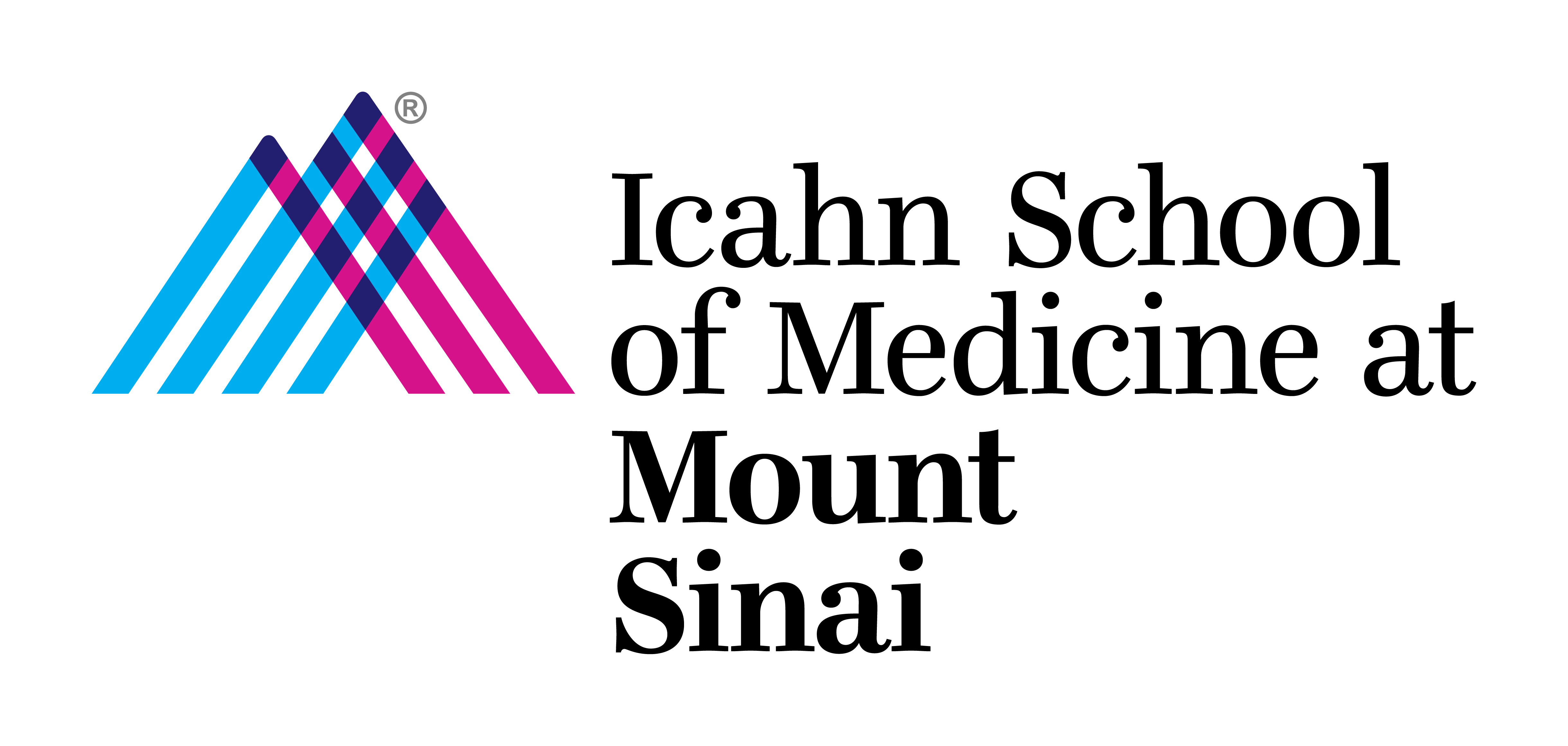Areas of Research
At the Hurd Lab, our multi-prong research is focused on understanding the contribution and interplay of genes and the environment to the development of addictive disorders, and providing neurobiological insights that innovate and advance treatment and intervention. Translational research is the principal feature of our lab. Led by Dr. Yasmin Hurd, the Director of the Center for Addictive Disorders at the Mount Sinai Behavioral Health System, the research lab consists of a multi-disciplinary team of scientists who study addiction through a myriad of lenses: animal behavior, molecular biology, cell biology, pharmacology, psychology, neuroimaging, bioinformatics and biotechnology.
Genetic and Epigenetic Mechanisms
Combining standard molecular biological techniques such as in situ hybridization, qPCR, and biochemical assays with innovative methods such as next-generation sequencing and viral-mediated manipulations of discrete neuronal pathways, the Hurd lab investigates neurobiological disturbances associated addiction to variety of substances ( heroin, cannabis, cocaine). Epigenetic mechanisms including DNA methylation, histone modifications and microRNAs are also evaluated in relation to the regulation of gene expression within distinct neuronal populations of the mesocorticolimbic and striatal circuits.
Human Brain Studies
Another significant part of our research engine is our long-standing translational efforts to study the neurobiological effects of human substance abuse through the direct examination of post-mortem human brain tissue. Through molecular, biochemical, and in vivo imaging studies of the human brain, we also work to understand the relationship of genetic polymorphisms to neurobiological systems underlying addictive and affective disorders.
Clinical Trials
Innovative translational research being the backbone of our research, some of our most exciting research efforts relate to clinical studies in addiction and intervention involving human subjects. Currently, we are conducting clinical research with cannabidiol, a cannabinoid compound from the marijuana plant that we identified from our animal studies to inhibit heroin-seeking behavior. We now study cannabidiol for its novel and potential role in preventing relapse in heroin and cocaine addiction, reducing anxiety, and improving overall cognitive function. We have successfully completed Phase I of this project and are carrying out Phase II studies.
Cutting-edge Molecular Neurobiology
Through our affiliation with the Friedman Brain Institute, the Hurd Lab has access to state-of-the-art technology in confocal and electron microscopy to analyze human and animal tissues at the single-cell level. Additionally, we use non-invasive neuroimaging techniques such as PET, fMRI and small animal MRI to determine real-time changes in neural activity, neurotransmitter levels and drug distribution, as well as structural changes in the brain. We pioneered the technique of DREAMM (DREADD-assisted metabolic mapping) combining molecular pharmacogenetic and in vivo imaging strategies to provide high-resolution quantitative mapping of functional brain circuits associated with disturbance of genes expressed in specific cell populations.
Animal Behavior Models
A large part of our research is committed to animal behavioral studies designed to mimic patterns of prenatal and adolescent THC exposure seen in humans in order to further explore the molecular basis for clinical symptoms observed in human subjects. The Hurd research group is a pioneering leader in the field studying developmental exposure to THC (the main psychoactive component of marijuana), and in particular, its transgenerational impact on neurocognitive development as it relates to vulnerability to addictive disorders and comorbid psychiatric disturbances such as anxiety and depression. We were the first to reveal that adolescent THC exposure may cause permanent changes in the mesocorticolimbic gene expression, receptor function and cellular activity transmitted through the parental germline to subsequent generations.
